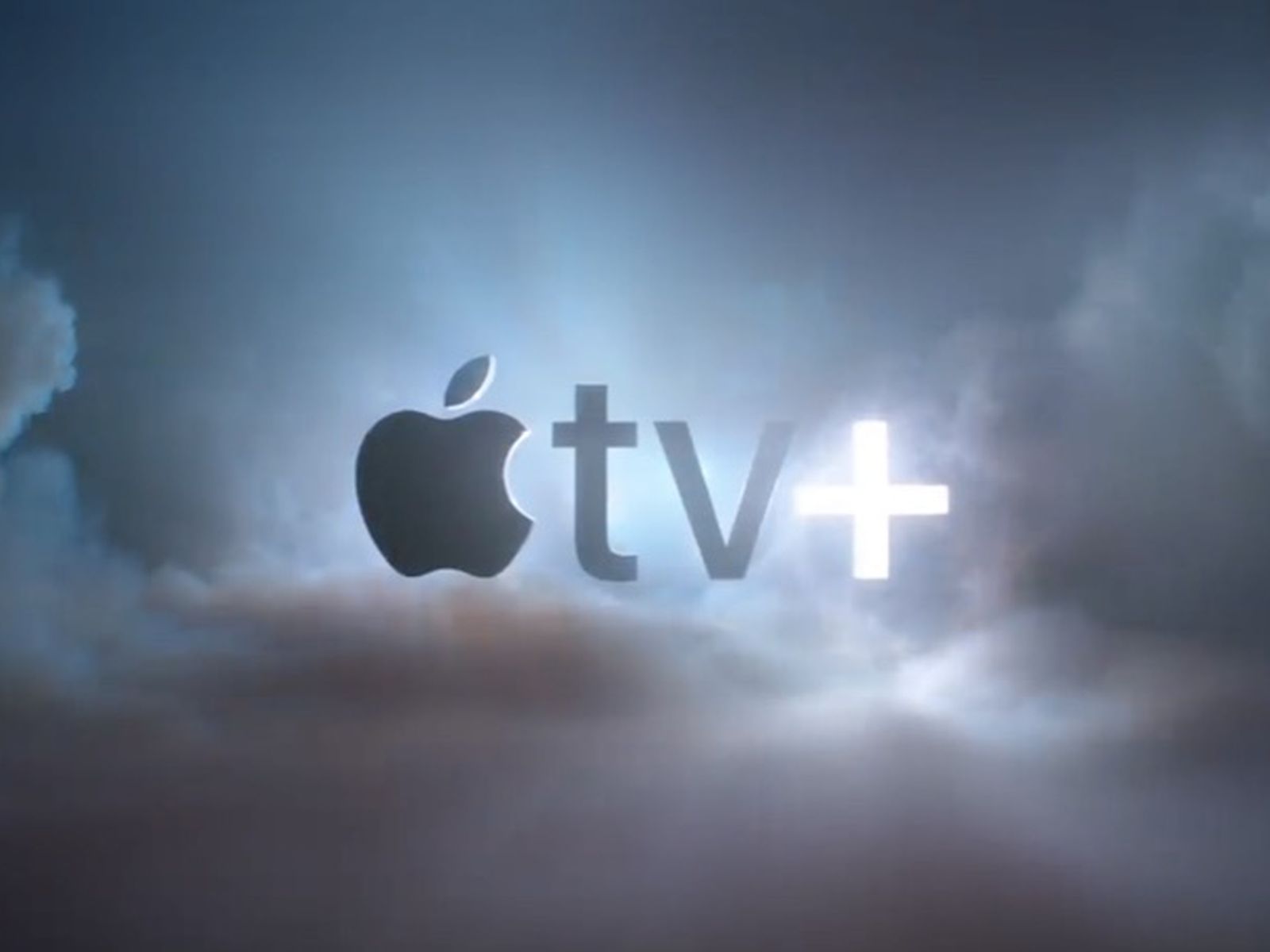Apple TV Plus Finally Hits Its Stride
Since its tortoise-slow launch a year ago, Apple has evolved its subscription streaming service substantially

When future historians look back, they’ll say the modern era of streaming TV started roughly this week a year ago. Apple TV Plus launched Nov. 1, 2019, followed days later by Disney Plus, and a few months later by Peacock, HBO Max and soon-to-be trivia answer Quibi.
Of those contenders, the first to arrive was perhaps the slowest to grab notable traction or sustained critical and fan attention (though soon-to-close Quibi was right behind). Its start looked even worse in contrast to Disney Plus, which now claims more than 60 million subscribers worldwide, surely boosted in the pandemic by desperate parents wanting safe programming for their stuck-at-home children.
But since that tortoise-slow launch, Apple has evolved TV Plus substantially, in ways that could create imposing challenges for competitors, both among streamers and in the hardware industry, because the $2 trillion Cupertino giant has far different strategic imperatives than any of them. With $193 billion in cash—that is, nearly the market capitalization of either Disney or Netflix—it also has deeper pockets to do whatever it wants with TV+.
As part of its transformation the past year, TV Plus has:
> Moved beyond an originals-only approach, as it became clear that Apple couldn’t make enough new shows in the middle of a pandemic to compete with the vast back catalogs of competitors. Now, when TV Plus buys the rights to reboot, for instance, Fraggle Rock, it also buys the older episodes of that much-loved children’s show. There have been rumbles that the company was looking to buy an entire studio, including perpetually-in-play MGM.
> Opened its wallet in a big way. Apple splashed down $70 million for the Tom Hanks WWiI thriller Greyhound, which helped drive a big bump in signups for the service. Then it spent an eye-popping record $120 million pre-buy at Cannes for an Antoine Fuqua-Will Smith project, Emancipation. Other show creators I’ve talked with tell me that Apple is paying better than any other service.
> Launched a string of popular hits. The Morning Show was hate-watched by critics, but sparked plenty of cultural conversation around its #MeToo theme and the performances of stars Jennifer Aniston, Billy Crudup, Steve Carrell and Reese Witherspoon. Another launch title, Dickinson, about the beloved poet in her teen years, also built an ardent online following. Later, Finding Jacob proved a taut courtroom drama, Greyhound grabbed boatloads of dad love, and sports comedy Ted Lasso broke out in a big way with its sweet humor and smart writing. The Bruce Springsteen musical documentary Letter To You, spy thriller Tehran, gamer comedy Mythic Quest: Raven’s Banquet, M. Night Shyamalan’s suspense series Servant, and Sofia Coppola’s feature On The Rocks have all grabbed attention too. Still on the way, a much-anticipated adaptation of the much-loved Isaac Asimov sci-fi Foundation trilogy, the workplace thriller Severance, and second (or third) seasons of nearly all its initial series.
NEXT TV NEWSLETTER
The smarter way to stay on top of the streaming and OTT industry. Sign up below.
> Won Screen Actors Guild and Emmy awards for The Morning Show stars Aniston and Crudup respectively, and a nice pile of nominations otherwise. It was nothing like the 160 Emmy noms that Netflix piled up, but for a brand-new service that only had a handful of eligible shows, it was actually mildly impressive.
> Expanded distribution beyond its own estimable universe of 1.4 billion iOS and macOS devices. The Apple TV Plus app is now available on connected smart TVs from Samsung, Sony and others; the Sony PlayStation 5 and Microsoft’s Xbox Series X and Series S next-gen game consoles launching this week; popular streaming devices, and more. That extends the TV Plus’ reach far beyond even Apple’s own ecosystem.
Those are all big steps toward making TV Plus a serious competitor in the streaming wars. Along the way, TV Plus also is finally accruing something that looks suspiciously like momentum.
That’s all good news for the tens of millions of people receiving the service, though exactly how many tens of millions are watching, or paying for, the platform has been difficult to divine. The company has said virtually nothing about subscriber numbers in its first year, even as its executives use each quarterly earnings call to brag about its blossoming Services unit.
That segment, which includes TV Plus and such other subscription-based offerings as iCloud and Apple Music, generated $13.3 billion in revenue last quarter, or more on an annualized basis than the combined market value of Fox, ViacomCBS, AMC Networks, AMC Theaters and DISH.
Apple has given away a year of the service to anyone buying any of its devices, or subscribing to some tiers of T-Mobile’s just-launched skinny bundle, Tvision. It’s now part of all three tiers of the just-launched Apple One bundle, which gives customers access to four to six services, including the soon-to-launch Fitness Plus, for $15 to $30 a month.
That’s given TV Plus wide availability, but no obvious source of revenue from freeloading “subscribers.” That vexed MoffettNathanson analyst Michael Nathanson, who earlier this year called TV Plus the “only service that sources the majority of its subscribers from promotions.”
Surveys also suggested cancellations and turnover may become an issue. A poll by HarrisX found that the service had one of the largest churn rates in the industry, some 17% (Netflix is an admirable 2% in most quarters; other big streamers are somewhere in between).
Without further enhancements, Nathanson said, TV Plus was “in danger of losing momentum if they are not able to entice renewals with exciting original content in the coming months.”
That’s happening at a time when Antenna Group suggests subscriptions overall are accelerating, up 37% for all premium services on a year-over-year basis in the third quarter, after jumping up 34% in Q2.
Apple is only a tiny slice of Antenna’s numbers, but in part that’s because Antenna ignores all those give-away subscriptions. While that helps create an apples-to-apples, so to speak, comparison with other big streamers, it also ignores the larger reality behind Apple’s service.
Basically, TV Plus isn’t like anything coming out of Hollywood. Those services are seen as existential pivots upon which the future of entire studios depend. For TV Plus, by contrast, the job is to keep binding people to Apple’s vast ecosystem of devices, services and software, with the long-term goal of generating subscription revenues not just for TV Plus, but its sister services, and even a share from add-ons such as the Showtime OTT-CBS All Access bundle now being offered to $10 a month.
Only Amazon Prime among the major streaming services has a roughly similar approach. Like Amazon Prime, TV Plus is part of a bigger play for audience engagement without the imperative to immediately stack up paying subscribers to finance an entire media organization’s painful pivot from legacy film and TV operations.
The freedom that affords Apple and TV+ makes it one to watch. For the companies trying to compete in subscription video, or in the hardware platforms competing with Apple’s devices, it makes TV Plus one to fear.
David Bloom of Words & Deeds Media is a Santa Monica, Calif.-based writer, podcaster, and consultant focused on the transformative collision of technology, media and entertainment. Bloom is a senior contributor to numerous publications, and producer/host of the Bloom in Tech podcast. He has taught digital media at USC School of Cinematic Arts, and guest lectures regularly at numerous other universities. Bloom formerly worked for Variety, Deadline, Red Herring, and the Los Angeles Daily News, among other publications; was VP of corporate communications at MGM; and was associate dean and chief communications officer at the USC Marshall School of Business. Bloom graduated with honors from the University of Missouri School of Journalism.

